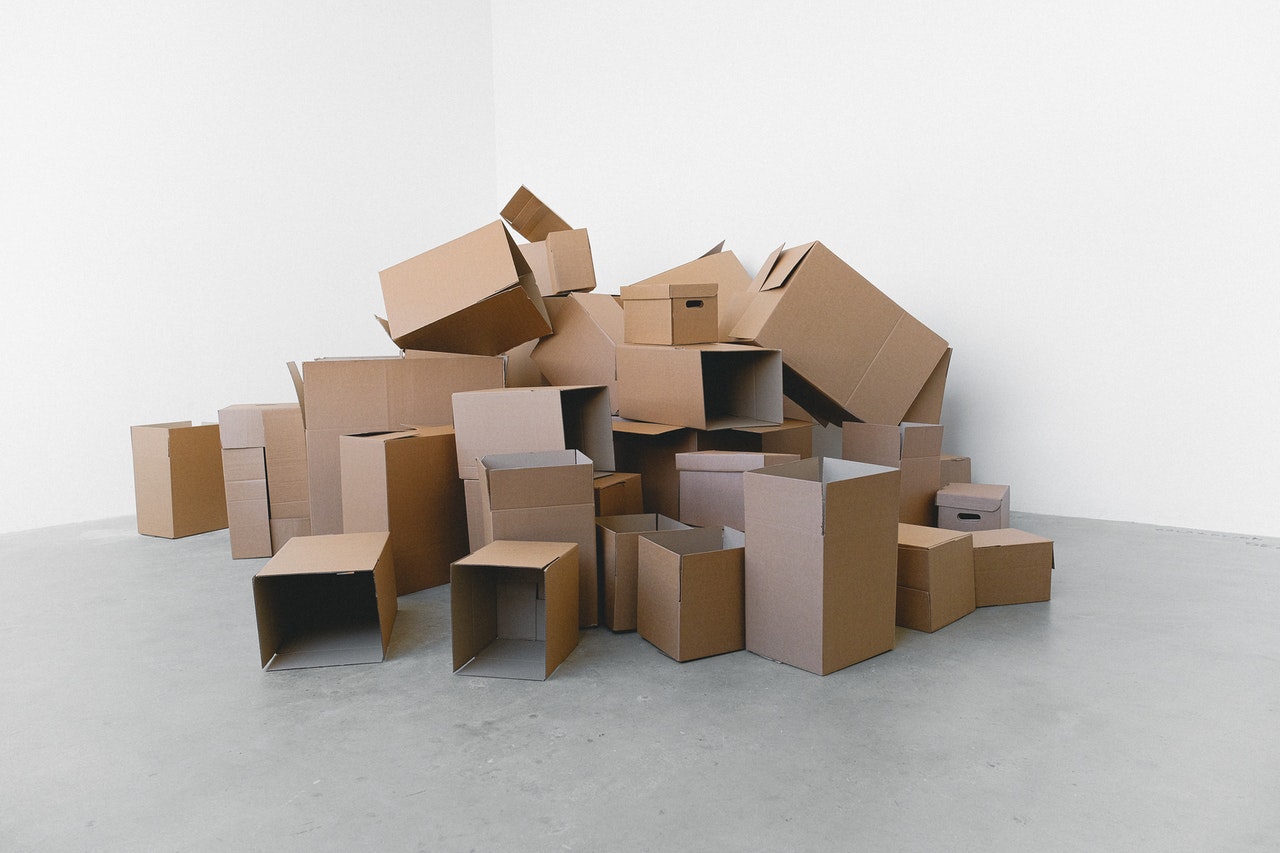Hit enter to search or ESC to close
How Many Moving Boxes Do I Need for a 3 Bedroom House?

There are several variables to consider while preparing for a move, including selecting a new house, scheduling movers, and, of course, packing. In the event that you’re asking yourself, “How many moving boxes do I need for a 3 bedroom house?” you’ve come to the proper spot. Knowing how many moving boxes would be required from the beginning gives some peace of mind for those who plan their moves meticulously ahead of time. However, while it’s challenging to determine an exact figure before you begin because so many variables are involved, there are some public figures based on the size of your property.
What do you have in your possession?
Approximately how many square feet of your existing home is: The more extensive your home, the greater the number of boxes you will need to pack it. Packing up a house requires far more effort than picking up an efficient apartment. It’s impossible to offer a specific number of boxes per square foot of your home because the number of packages you receive depends on how you want to use the available space.
The number of bedrooms/residents in the house: Each room takes around 40-50 boxes of packing material. Once you start packing your possessions into boxes, how quickly they will fill up with your belongings will surprise you. Consider the number of packages required for each living in the house as a starting point for determining how many boxes you will need.
It’s likely that the longer you’ve lived in your house, the more stuff you’ve amassed in your possessions. So if you’ve remained in the same spot for an extended period of time, consider how many things you’ve collected over that period. Then, either start getting rid of stuff before you move or get additional moving boxes to transport it to your new location.
Your way of life: If you live a minimalist lifestyle, you may be able to eliminate a few boxes from the numbers we’re providing. If you have hoarding or sentimental inclinations, increase the number of items you keep.
There are several different kinds of packing boxes.
Moving boxes are generally available in three standard sizes, with the possibility of four in some cases: small, medium, large, and extra-large. Extra-large boxes are less frequent, but you may get one on the market if you require one. Little boxes usually are 1.5 cubic feet in size and are ideal for storing small goods, books (to avoid the box becoming too heavy), or fun items such as wine bottles.
Medium boxes are the next size up, and they may hold anywhere from 2 to 3 cubic feet of material. There’s nothing better than a standard-size box for just about everything, including dishes that need to be wrapped up, numerous pairs of shoes, and other miscellaneous items. Because medium boxes are larger than you may imagine, you might be tempted to overfill them with heavy objects. Try to avoid doing so so the boxes don’t get too heavy and break.
Large boxes are typically 2.5 to 3.5 cubic feet in volume, some being somewhat larger. Because these boxes are so large, they are ideal for packaging products that are not heavy (due to the same note as the medium boxes). A huge box is an excellent option if you are not packing your things in luggage or garbage bags. If you have a large number of pairs of shoes, you may also fit a significant percentage of your collection into a single box: If you have a large box, you can probably do 12-15 pairs of shoes inside.
If you want extra big boxes, they are typically 3.5 cubic feet or more, allowing you to pack items like pillows, blankets, and other light items in them. This is the perfect size box for packing up all linen for your bed and putting it away.
Having determined (or come close to deciding) the answer to the dreaded question, “How many boxes do I require,” the following step is to obtain the necessary containers for your project. You have a plethora of alternatives when it comes to where to locate moving boxes. There are a variety of options for obtaining free moving boxes, including asking friends and local businesses that don’t require them and purchasing moving boxes directly from moving firms or even retail stores. Packing goods are available from office supply outlets as well as some of your favorite one-stop shops.
How many moving boxes do I need for a 3 bedroom house?
Three-bedroom house: Assuming four people are living here, you’ll need to think about packing up three closets’ worth of four people’s belongings, as well as a living room, kitchen, and other miscellaneous rooms to make way for them. We recommend using around 30 small boxes, 40 medium boxes, 20 oversized boxes, 3 extra-large boxes, and 6 wardrobe boxes for your move.
Two-bedroom residence: Assuming three people live in this property, we recommend 25 small boxes, 35 medium boxes, 15 large boxes, three extra-large boxes, and four wardrobe boxes for packing.
For a one-bedroom apartment, the number of boxes needed will vary depending on the size of the space, but we recommend 20 small boxes, 20 medium boxes, ten big boxes, and one or two wardrobe boxes for a one-bedroom apartment.
Studio or efficiency apartment: Because you presumably don’t have a lot of belongings, studio apartments are straightforward to pack up and move. Consider purchasing ten small boxes, twelve medium boxes, eight big boxes, and one or two wardrobe boxes as a starting point.
Conclusion
It would be best if you kept in mind that there is no hard and fast rule for how many boxes you will require because it all depends on how many items you have to pack and store. As a result, you may question yourself, “How many moving boxes do I need for a 3 bedroom house?” without feeling obligated to provide a specific response right away. The best course of action is to gather a collection of boxes from the shop (or find some for free someplace) and begin the packing process. If you want further information, you may always obtain additional information later; nevertheless, these principles will at the very least provide you with a starting point.
